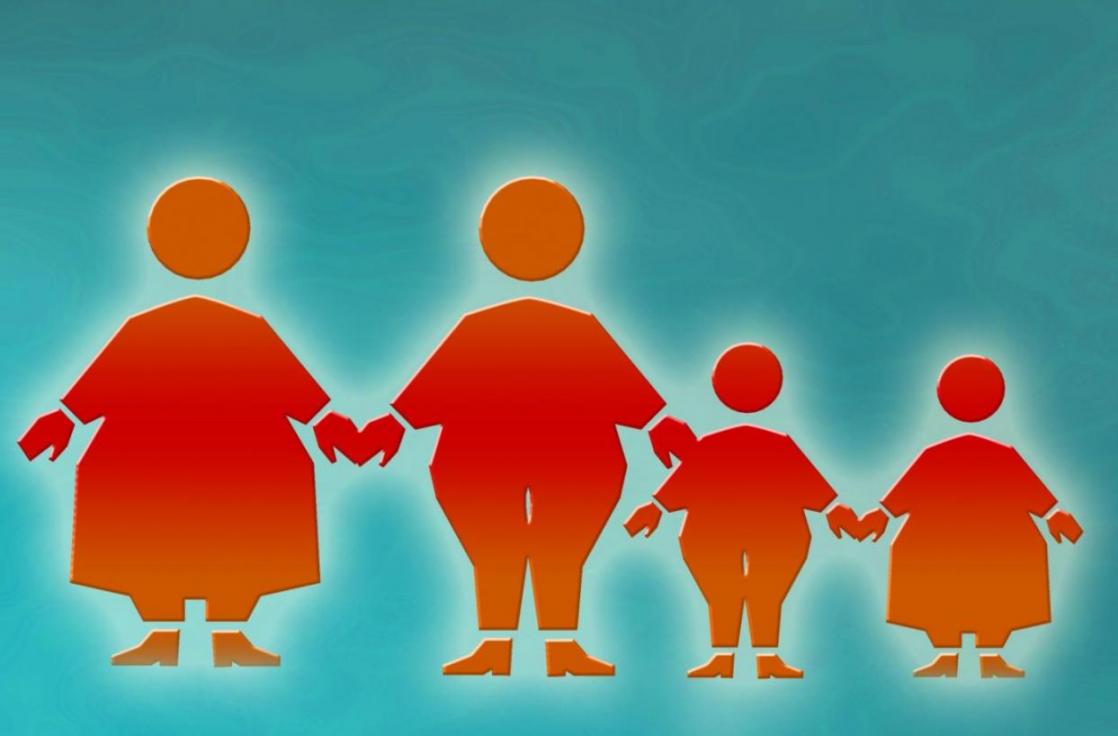Around 70% of adults over the age of 20 in Tehran are either obese or overweight announced president of Research Institute for Endocrine Sciences at Shahid Beheshti University of Medical Sciences.
Dr. Fereidoon Azizi said childhood obesity is a precursor to diabetes and hypertension in later adolescent and adult obesity and sets the stage for cardiovascular disease, cardiac arrest and pre-mature death.
Earlier, Zahra Abdollahi, health ministry official had stated that childhood obesity had more than doubled in recent years. Abdollahi - who heads the office for improvement of nutrition cautioned against poor eating habits and pointed out that more Iranian families are growing fond of fast food and other unhealthy snacks.
Ziaoddin Motahhari, vice-president of Obesity Treatment Association also noted that many children are not getting the necessary vitamins and nutrients they need due to the availability of 'prepared and frozen meals'. Also Iranian children now watch an average of four hours of television a day and adults drive cars more and exercise less than they used to. A drop in the consumption of fruits and vegetables and physical inactivity, particularly in big cities are cited as the main culprits for obesity among Iranians, in an article in Donyae-Eqtesad.
Global Numbers
The obesity problem plagues not only Iran, but the rest of the world as well. A study published in The Lancet, says America tops the list of 10 most obese countries and it is the biggest public health issue facing the US. Despite awareness of the need to get in shape, more than a third of the country is now obese. But it's not just America – much of the developed world has seen similar increases. India and China together make up 15 percent of the world’s obese population, and in Colombia, Costa Rica and Mexico, the obesity rate is upward of 57 % for men and 65 % for women. Worldwide, the number of overweight and obese people increased from 857 million in 1980 to 2.1 billion in 2013 – an increase of over 145%.
Side Effects
Dr. Azizi overruled the use of weight loss pills, saying ''they may help shed a few kilos but the side effects far outweigh the benefits.'' He noted that surgery can only be permitted in diabetic patients and those who face immediate threat to health. Government efforts to help produce more low-calorie foods and low fat dairy as well as raising public awareness would lead to a healthier population.
But a change in lifestyle is what most experts are recommending, starting with kids. Children need nutritious meals and snacks with right intake of calories. Healthy eating habits should be encouraged: small changes can be a recipe for success! Provide plenty of vegetables, fruits and whole-grain products. Include low-fat or nonfat milk or dairy products. Choose lean meats, poultry, fish, lentils and beans for protein. Serve reasonably sized portions. Encourage your family to drink lots of water. Limit sugar-sweetened beverages, sugar, sodium and saturated fat. Help kids stay active: children and teens should participate in at least 60 minutes of moderate-intensity physical activity most days of the week, and every day if possible. Parents can set a great example! Start adding physical activity to daily routine and encourage children to join
Social Changes
Social changes are largely responsible for obesity becoming more of a problem. There is not much physical activity at the work place. Manual labor has been replaced with machines and instead of walking those few blocks to office, people hop into a taxi. So the extra calories don't burn. And if your job entails sitting at the desk all day, it further aggravates the problem.
A sedentary person should consume about 2,000 calories per day. But many of are taking in 2,500 to 3,000 calories that was recommended when manual labor was the norm.


